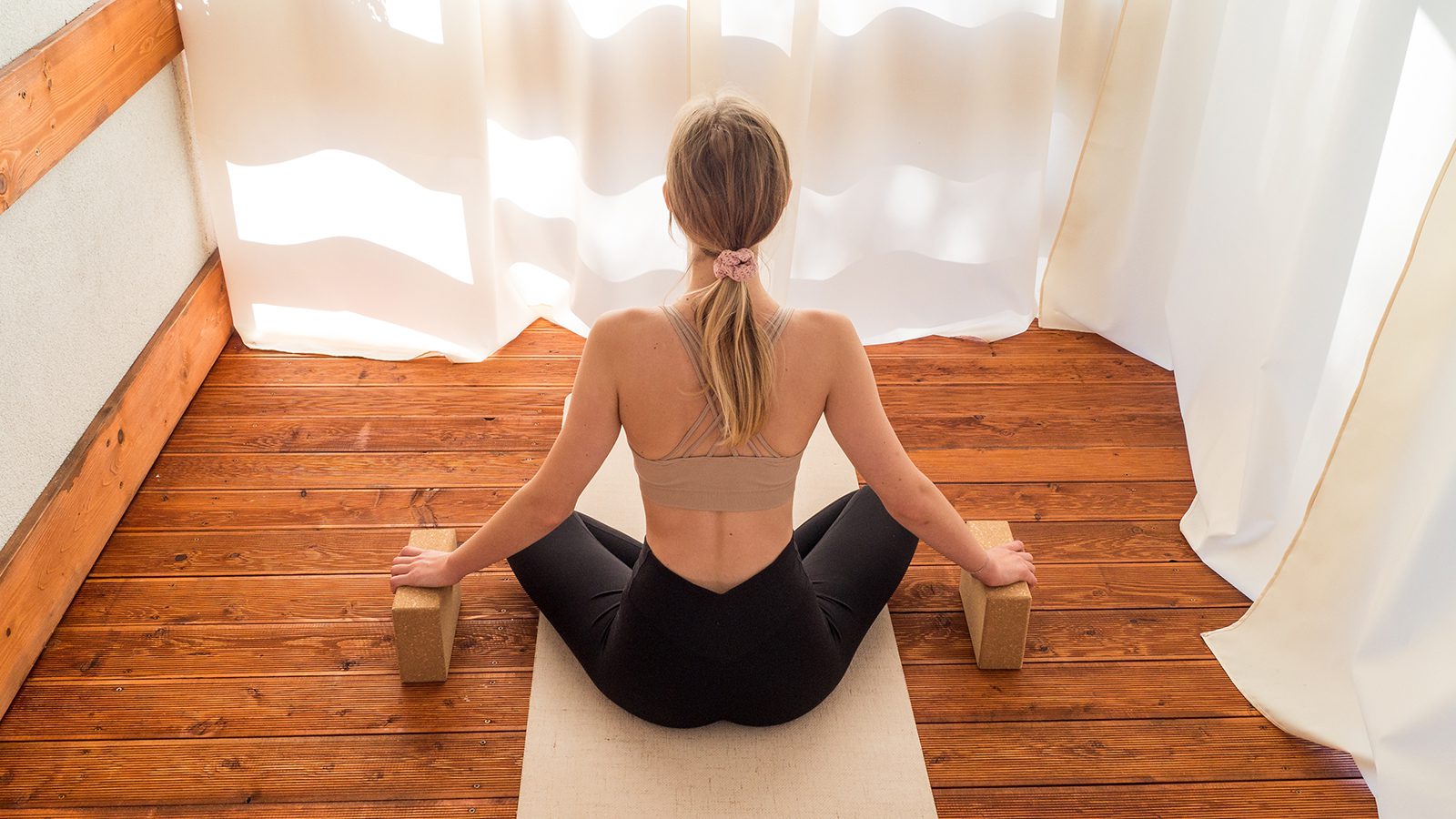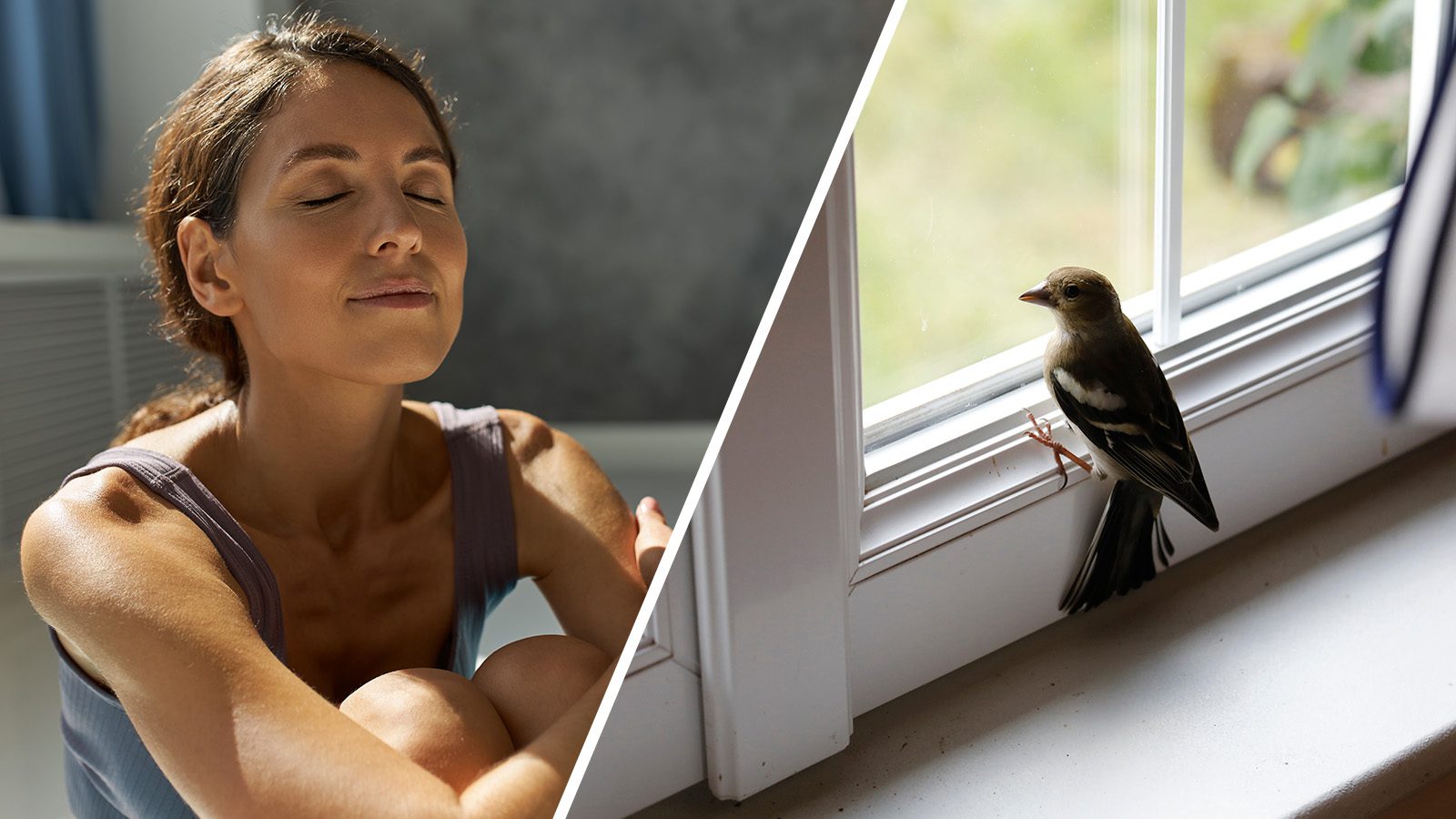Yoga is a transformative practice that nurtures both the mind and body for beginners. In fact, it can be an exhilarating yet challenging journey. As newcomers embark on this path of self-discovery, they learn various yoga poses that promote strength, balance, and flexibility. Yoga blocks serve as invaluable tools for newcomers seeking to enrich their practice.
In this beginner’s guide to using yoga blocks, we will explore the numerous advantages these props offer during yoga sessions. By incorporating yoga blocks into their practice, beginners enhance their flexibility, stability, and alignment. As a result, beginners discover a deeper connection with their bodies and the practice of yoga itself. Thus, they pave the way for a fulfilling and empowering journey on the mat.
Importance of Yoga Blocks for Beginners
Yoga blocks are essential tools for beginners embarking on their yoga journey. These versatile yoga tools offer invaluable support, helping beginners achieve proper pose alignments. They provide much-needed stability in poses, especially for those with limited flexibility or strength, contributing to beginners’ flexibility enhancement. Whether supporting the hands in standing poses, assisting in seated postures, or aiding in balance exercises, yoga blocks are indispensable companions for beginners seeking to refine their practice and make steady strides on their yoga journey.
1. Yoga Blocks for Standing Poses
Yoga blocks serve as invaluable aids for enhancing standing poses like Triangle Pose and Extended Side Angle. In these challenging postures, yoga blocks provide essential pose support, helping practitioners maintain proper alignment and prevent strain. For Triangle Pose, placing a yoga block beside the front foot allows beginners to rest their hand on the block instead of reaching for the floor, supporting alignment and making the pose more accessible.
In Extended Side Angle, a block can support the bottom hand, promoting better reach and flexibility while easing pressure on the lower back. Using yoga blocks empowers beginners to explore and deepen their standing poses while receiving the assistance they need to progress in their yoga journey with ease and grace.
2. Yoga Blocks for Seated Poses
Yoga blocks are invaluable tools for enhancing seated poses, particularly forward folds. To use a yoga block to support the sit bones in seated poses like forward bends, sit on the edge of the block with your legs extended in front of you. This placement helps to lift and tilt the pelvis, improving alignment and promoting a straighter spine during forward folds.
As a result, practitioners can experience deeper stretches and increased flexibility in their seated poses. The use of yoga blocks in seated poses enhances the overall experience, allowing individuals to explore the benefits of each posture with greater ease. With the assistance of yoga blocks, practitioners can elevate their seated yoga practice, resulting in pose enhancement and an enriched yoga experience.
3. Use Blocks in Supine Poses
Incorporating yoga blocks in supine poses, such as Bridge Pose and Supine Twist, can bring a new dimension to your practice through pose modification. Place a block under your sacrum for Bridge Pose to add support and height. As a result, you can explore the pose with greater ease and openness in the chest and shoulders. This modification enhances the stretch in the hip flexors and promotes stability in the pose.
In Supine Twist, you can use a block between your knees to create space and deepen the twist, encouraging a gentle spinal rotation and releasing tension in the lower back. The support of the block helps you maintain the twist for longer, facilitating relaxation. You can experience a more supported and enriching practice by utilizing yoga blocks in these supine poses.
4. Support Your Knees and Ankles
Using yoga blocks for knee and ankle support can significantly enhance your practice in poses like Hero Pose and Pigeon Pose while promoting joint protection. In Hero, Pose, placing blocks under your sitting bones reduces the pressure on your knees, making the pose more accessible and comfortable. The blocks allow you to adjust the depth of the pose to your comfort level, improving flexibility without straining your knees.
Similarly, placing a block under your hip in Pigeon Pose can alleviate pressure on the front knee and provide extra support, ensuring a safer and more stable alignment. This modification allows you to fully relax into the hip opening without compromising the integrity of your joints. You can practice mindfully by utilizing yoga blocks to support your knees and ankles, honoring your body’s needs, and finding a better sense of ease and security in your practice.
5. Use Blocks for Balance Poses
Incorporating yoga blocks in balance poses like Tree Pose and Half Moon Pose can boost stability and enhance your practice. For Tree Pose, place a block under your foot if you find it challenging to bring your foot high on the inner thigh. The block offers added support and helps you maintain balance. In Half Moon Pose, a block can support your hand on the ground if reaching the floor feels too challenging.
This modification enhances stability and aids in aligning the hips and shoulders, helping you stay grounded and steady. Using yoga blocks in balance poses increases stability and boosts confidence as you explore and refine your alignment. Embrace the support of the blocks in these poses to deepen your practice, build strength, and cultivate a greater sense of balance and ease on and off the mat.
6. Assist Your Forward Bends
Using yoga blocks in forward bends, such as Standing Forward Bend and Seated Forward Bend, can significantly assist your practice and increase flexibility. In Standing Forward Bend, placing blocks under your hands allows you to extend your reach and maintain a straight back. This modification provides support, leading to a flexibility increase. Similarly, using blocks under your hands in Seated Forward Bend can help you quickly achieve a forward fold.
The blocks allow you to keep your spine straight and lengthened, promoting proper alignment and preventing strain while encouraging a greater range of motion. You can safely and effectively deepen your stretches and improve flexibility by utilizing yoga blocks in forward bends. Embrace the support of the blocks to unlock new levels of openness and comfort in your forward bends, making each bend a rewarding and fulfilling experience for both body and mind.
7. Aid Your Backbends
Yoga blocks can be valuable tools in aiding your backbends, such as Fish Pose and Supported Bridge Pose, by providing essential support and alignment aid. In Fish Pose, placing a block under your upper back can lift and support the spine, allowing for a deeper opening in the chest and shoulders. This modification enhances the stretch and promotes better alignment, preventing unnecessary strain on the lower back.
Similarly, in Supported Bridge Pose, a block under the sacrum provides a stable foundation. That supports the spine’s natural curve and increases the opening in the front body. The block allows you to relax into the pose without excessive compression on the lumbar spine. As a result, the backbend becomes more comfortable.
You can safely explore deeper stretches, enhance flexibility, and experience the benefits of proper alignment, ensuring a more enjoyable and fulfilling backbend experience. Embrace the assistance of the blocks to nurture your spine and foster a sense of stability and ease in your backbends.
8. Utilize Blocks in Restorative Yoga
Incorporating yoga blocks into your restorative yoga workout can elevate the intensity and effectiveness of exercises like Boat Pose, enhancing core stability and building strength. In Boat Pose, place a block between your thighs to activate the inner thigh muscles and increase core engagement. Squeezing the block helps to stabilize the pelvis and maintain proper alignment, allowing you to hold the pose with more control and strength.
This strength exercise enhances the pose’s difficulty and supports your wrists and shoulders. By using yoga blocks in your core work, you can explore new levels of strength and stability, making each exercise more dynamic and empowering. Embrace the support of the blocks to add depth and focus to your core exercises, and watch as your core strength and stability improve, enhancing your overall practice and well-being.
9. Try Yoga Blocks for Pranayama Practice
Incorporating yoga blocks into your pranayama practice can be a valuable addition to enhancing the benefits of breathing exercises, chest openers, and relaxation practices. Using a block under your upper back in a supported reclined position can open the chest and ribcage during pranayama. As a result, it facilitates deep and expansive breaths.
This chest opener allows for more space in the lungs, improving the flow of breath and promoting relaxation. Additionally, placing a block under your head or beneath your knees during relaxation practices like Savasana can create a gentle elevation. This encourages a sense of surrender and releases tension in the body.
The support of the blocks fosters a deeper sense of relaxation, making your pranayama practice more enriching and rejuvenating. You can cultivate a more profound connection with your breath and foster a deeper sense of tranquility and well-being. Embrace the support of the blocks in your pranayama practice to nurture a more profound and fulfilling breathwork experience.
Final Thoughts on How to Use Yoga Blocks as a Beginner
In conclusion, yoga blocks offer an invaluable resource for beginners seeking to elevate their practice and experience the full potential of each pose. This guide has explored various ways to use yoga blocks, enhancing alignment, flexibility, and stability in different postures. By incorporating these versatile props into your practice, you can access deeper exploration. You also gain a further understanding of your body’s capabilities.
Embrace the support and versatility of yoga blocks. You will find that they can unlock new dimensions of your practice, making it more enjoyable, safe, and fulfilling. So, don’t hesitate to explore the world of improving your yoga practice with blocks. Indeed, you will witness its transformative impact on your journey of self-discovery and growth. Embrace the power of yoga blocks as you embark on an enriching yoga journey. You can take your practice to new heights and uncover your true potential.


















